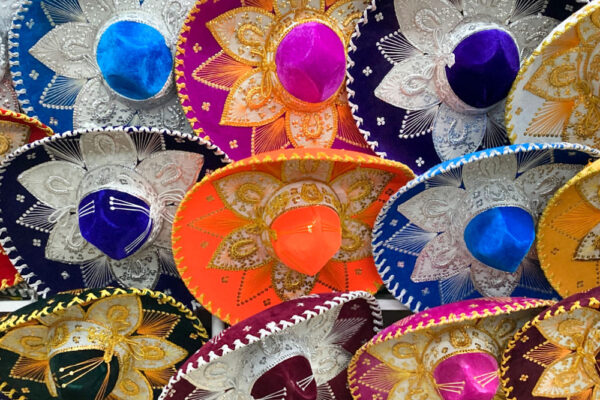
On a recent trip to Haiti, I witnessed the creativity of the Haitian people as they turned old cans into charcoal grills, scrap metal into sculptures, boxes into musical instruments, toys made of plastic bottles and so much more.
The art of recycling trash into art is a positive result of necessity. In poor countries around the world, there are people with few resources who take what they find in the street and turn it into art.
Here in the U.S. there are art exhibits dedicated to recycled materials turned into arts and crafts, like old flatware fashioned into jewelry or mobiles, repurposed materials like clothes or tires or plastics turned into something useful and beautiful.
I have always believed Haitians are natural artists
Just take a quick—or long—visit to this small but beautiful country and you’ll see what I mean.
At the Port-au-Prince airport you’re welcomed by a small music group. Murals decorate baggage claim.
And on the streets, on the way to your destination, you’ll see art all over the street. Illustrations decorate the signs of barbershops and beauty salons.
The ‘lottery’ banks (small stands that play numbers based on New York’s lottery) are painted in bright beautiful colors.
The tap tap, (converted pick ups and public buses) are amazing. They’re decorated from the tires to the luggage racks with sayings, paintings, colors, metal cutouts.

One of the best places to witness recycled art in the making is at the artisan village in Croix-des-Bouquets.
Here, men and children crouch over small pieces of scrap metal that they fashion into bracelets, art for the walls, jewelry and even seats and tables.
All the art is handmade, since electricity is sporadic and the cost of power tools would be prohibitive to these artisans.
So all day they cut and dent and mark metal as they turn it into art, then they sand it to a slight shine and coat it with lacquer.
Duck into any souvenir shop in Haiti and you will find jewelry made with paper beads or toys made with plastic bottles.
Or visit a fine art gallery where some of Haiti’s premier artists sell their work. There, you will also find sculptures made with tree branches and stones and metal salvaged from the dump.
Also read: Discovering the breathtaking beauty of Haiti

And then there are the now famous ‘atis rezistans’ or artists of resistance, a group that makes and sells their work on Gran Rue in Port-au-Prince.
All their sculptures have a raw primitive edge, and all their work is made of found materials like gaskets, cans, plates, wood, springs, bolts and all kinds of mechanical scraps.
Necessity can find its way into art
It’s true that the trash we discard is polluting the planet. Here, in the U.S. we do our best to recycle paper, glass and aluminum. But so much more ends in landfills, empty fields and in our oceans.
In other countries, countries where a large part of the population lives in poverty, scraps and other materials that usually end up in the trash heap, are finding new life thanks to creative artists.

I find it interesting how necessity can find its way into art. And then the art can find its way into the hearts of people. It can even come to define a people.
In Haiti, I see a style that is unique, from the way people walk, how they decorate their homes, dress, sing, dance.
It’s all art. It’s living art. It’s living poetry.
Art made from discarded objects is also helping many artists live better lives. And if it can take a few things out of the trash heap in the process—turning it into something beautiful— well so much the better.





Leave a Reply